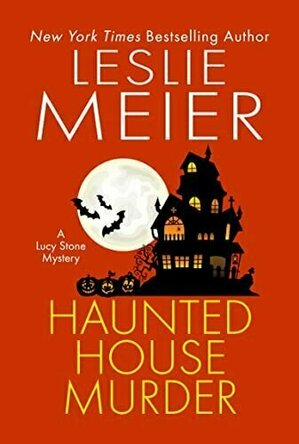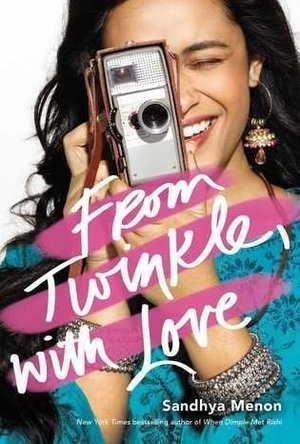
From Twinkle, with Love
Book
An aspiring teen filmmaker finds her voice and falls in love in this delightful romantic comedy from...
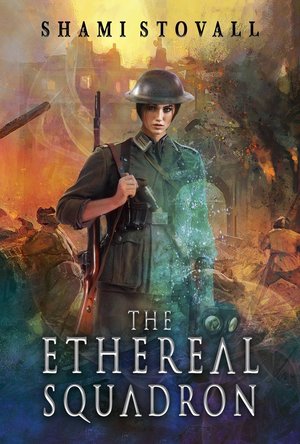
The Ethereal Squadron (The Sorcerers of Verdun)
Book
It’s 1916, and the world is on fire. The Great War has already consumed much of the globe, but...
Historical Fantasy
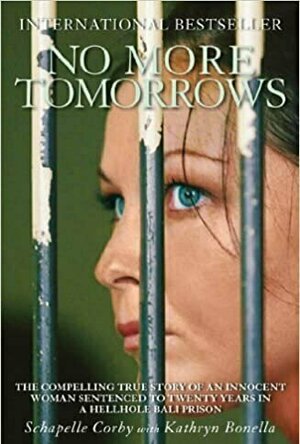
No More Tomorrows: The Compelling True Story of an Innocent Woman Sentenced to Twenty Years in a Hellhole Bali Prison
Book
It was meant to be a two-week holiday to celebrate her sister's birthday, but for Schapelle Corby it...
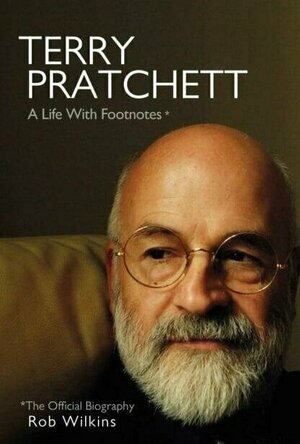
Terry Pratchett: A Life with Footnotes
Book
'PEOPLE THINK THAT STORIES ARE SHAPED BY PEOPLE. IN FACT, IT'S THE OTHER WAY AROUND.' At the time...
Mark @ Carstairs Considers (2460 KP) rated Haunted House Murder in Books
Aug 17, 2022
I know that the Lucy Stone series is extremely popular, but I struggle to get through the stories I have read. Part of it is Lucy’s family. I haven’t spent enough time with them to look past their faults and love them, I guess. And, let’s face it, that is often what we have to do with people in real life. In this case, I found the story to be better suited to a short story than even a novella. It’s not bad, but it felt drawn out and a little forced.
NOTE: This story is a novella, roughly 100 pages, and was originally part of the novella collection Haunted House Murder. If you have that book, there is no need to buy this ebook. If you haven’t read the story, now is the time consider this Halloween trip to Maine.
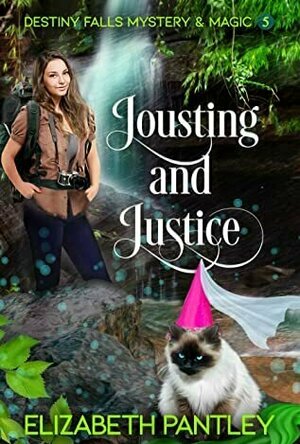
Jousting and Justice (Destiny Falls Mystery & Magic #5)
Book
An invitation to a medieval festival. A ferry ride to a mysterious island. A scheming, inept witch....
Paranormal Mystery
Haley Mathiot (9 KP) rated How to Roast a Lamb: New Greek Classic Cooking in Books
Apr 27, 2018
There are eleven categories: My Father’s Garden, Open Water, Dinner family style, My First Recipes, The hunting trip, a Lamb and a Goat, Psilakis Birthday Dinners, Kefi—A time to dance, Big party cooking, Anthos—the new world, and The Aegean Pantry. the back of the book includes recipes by type of dish and even metric conversions.
Each section is headed off with a two or three page story about Michael’s life and lots of photographs. some of the stories are sweet, like him remembering cooking for his parents for the first time. some are things i can relate to, like the thrill and pride of learning to dance. (though I never learned to dance on an empty glass beer bottle.) and some stories are sad and sweet, like him telling the time he watched his father kill the lamb that was his friend for Easter dinner.
a quick sampling of the recipes, some that sound fantastic:
*Warm Feta with Tomato, Olive and pepper salad
*Whole Spit roasted lamb
*Grilled watermelon and grilled manouri (which sounds discussing but the photograph looks incredible)
*roasted scallops with cauliflower, tart dried cherries, and capers in brown butter sauce
*Steak with bone marrow htippiti
*Dumplings with sausage, dandelion greens, sundried tomato and pine nuts
Now I’m hungry.
Recommendation: anyone who enjoys cooking really good food, gourmet, beautiful photographs of really good food, or just loves cooking in general.
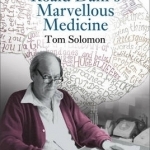
Roald Dahl's Marvellous Medicine
Book
Most people know Roald Dahl as a famous write of children's books and adult short stories, but few...
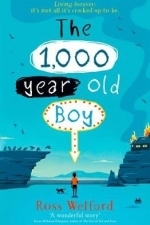
The 1,000-year-old Boy
Book
The astonishing, beautiful new story for all readers of 10 and over from the bestselling and...
